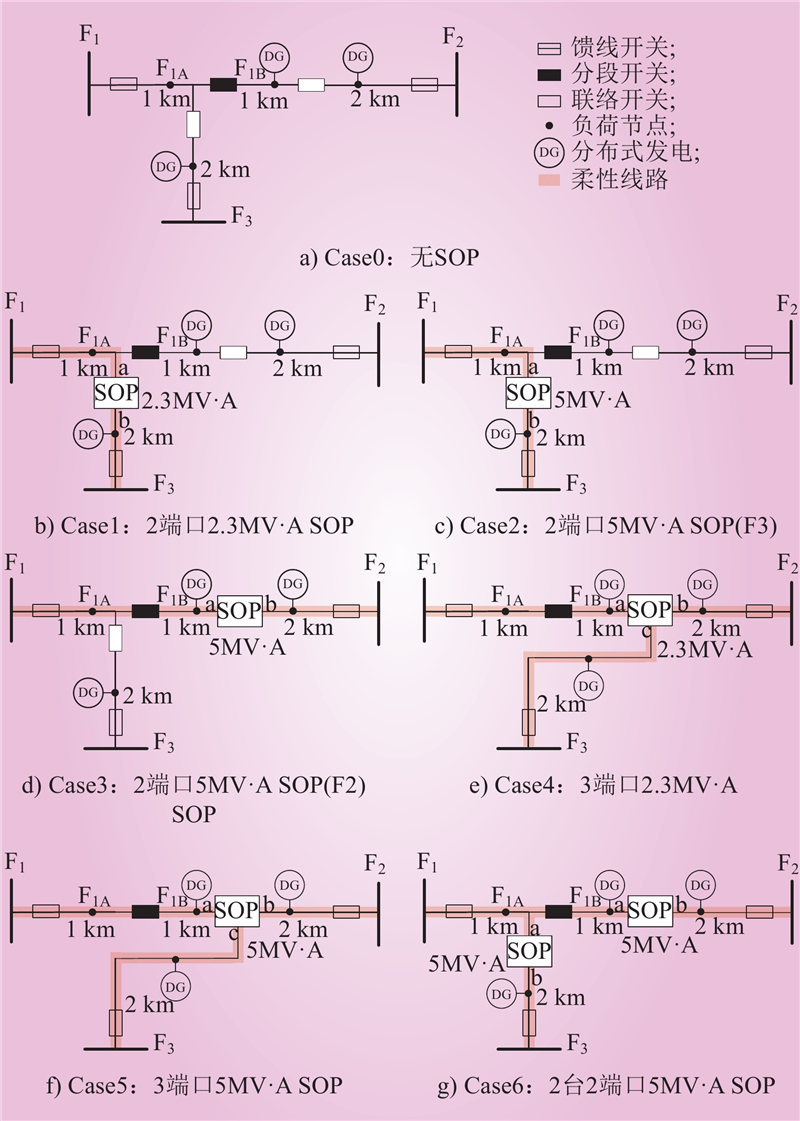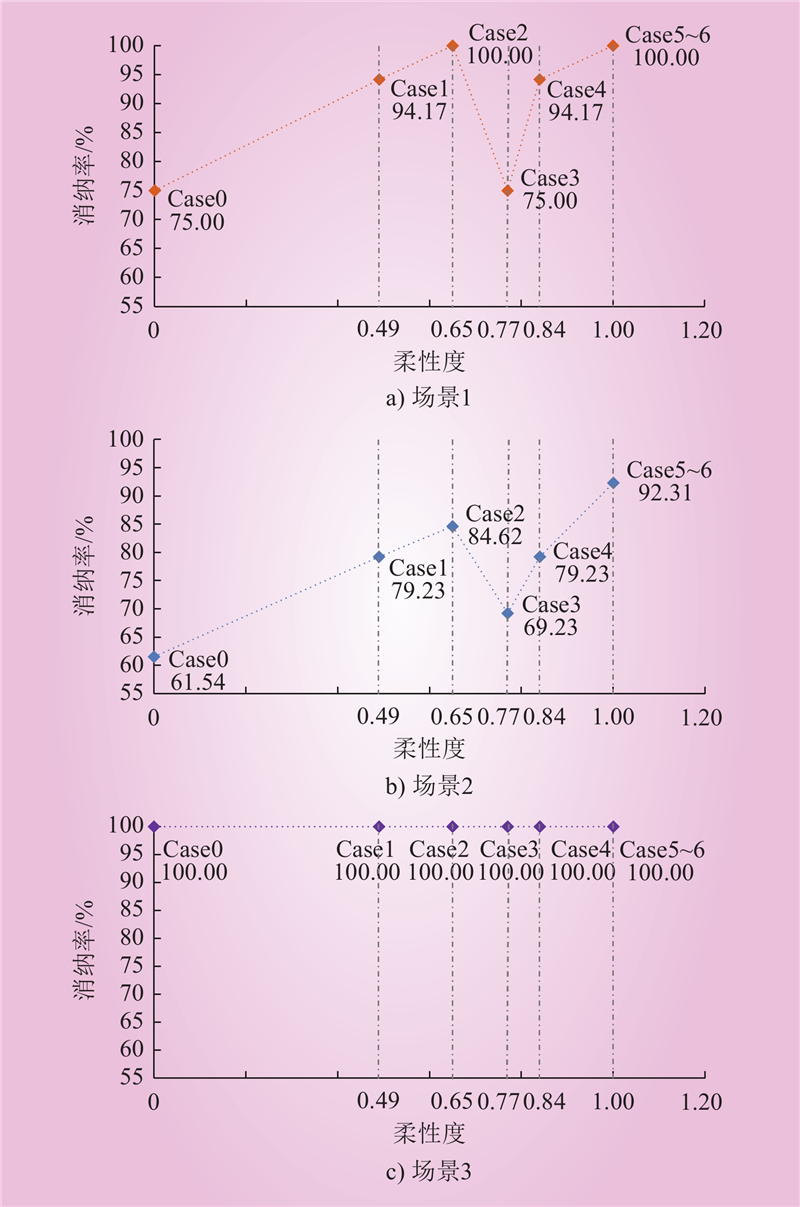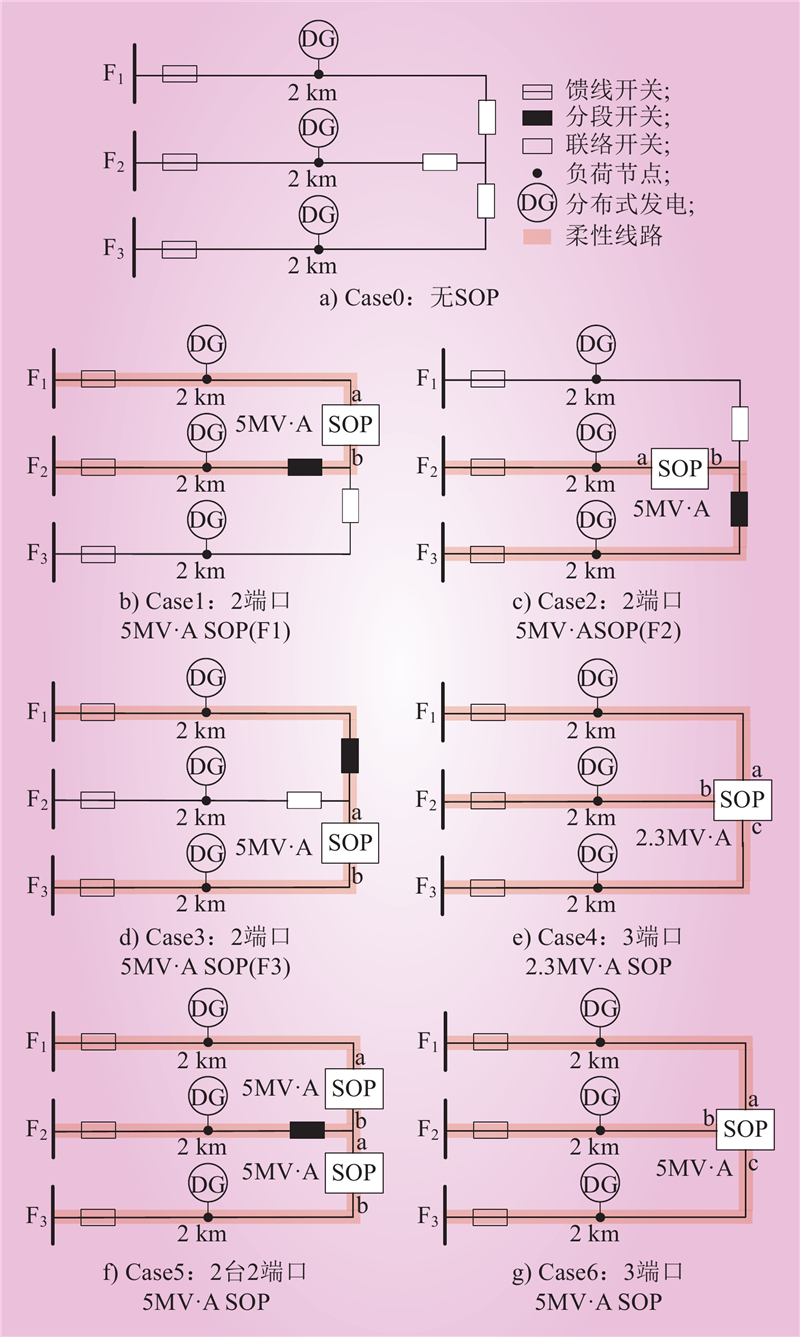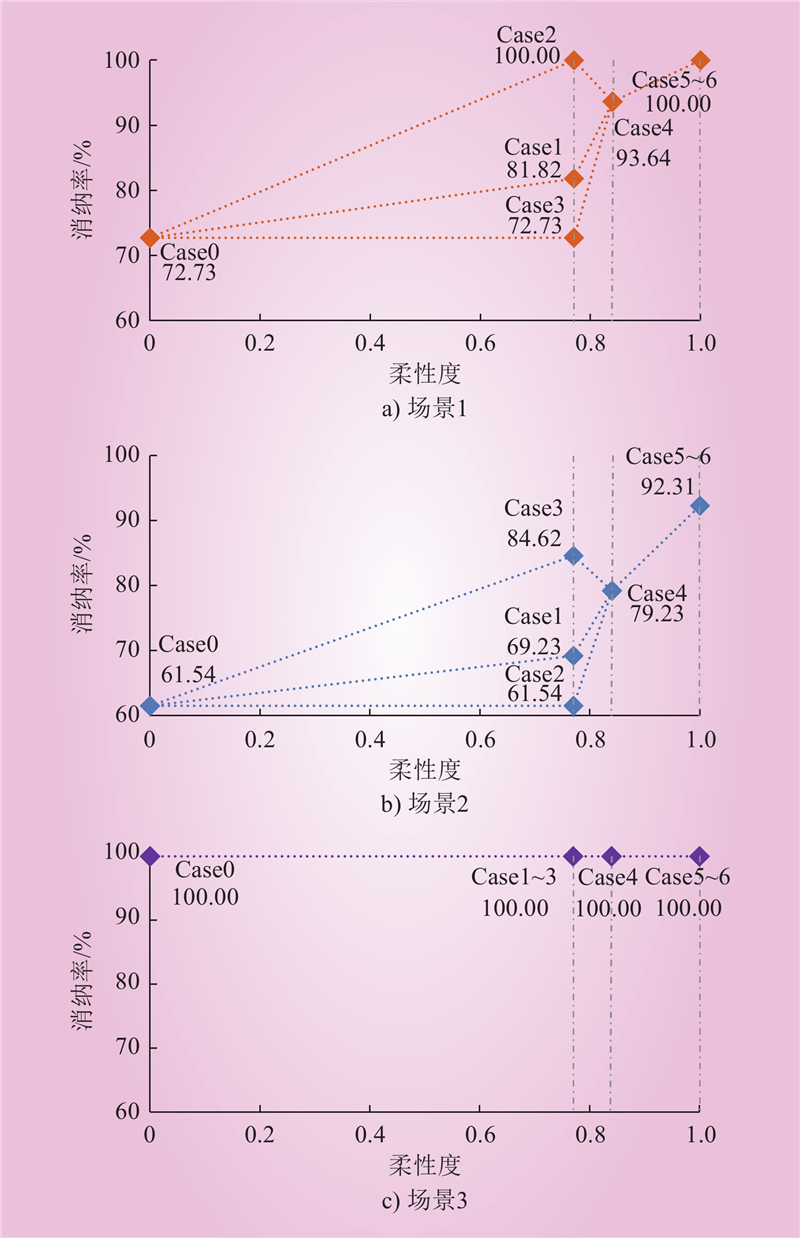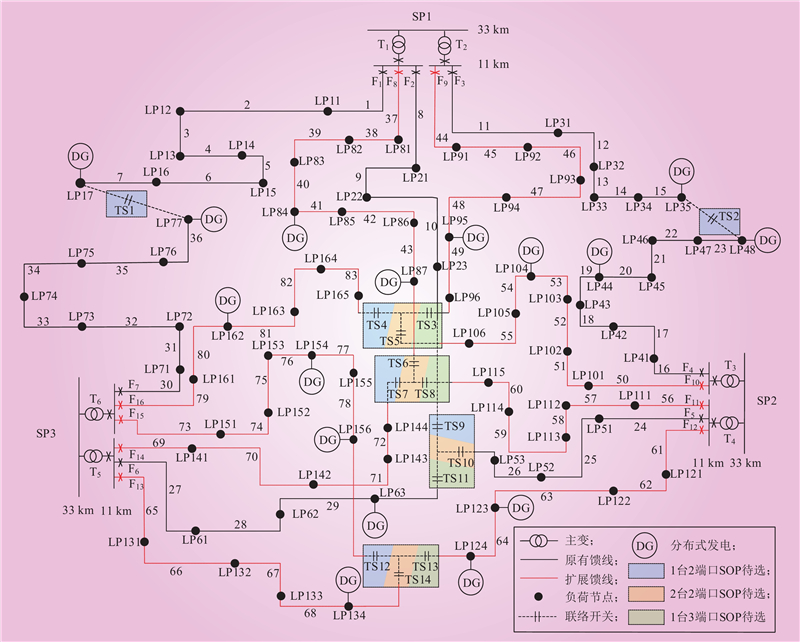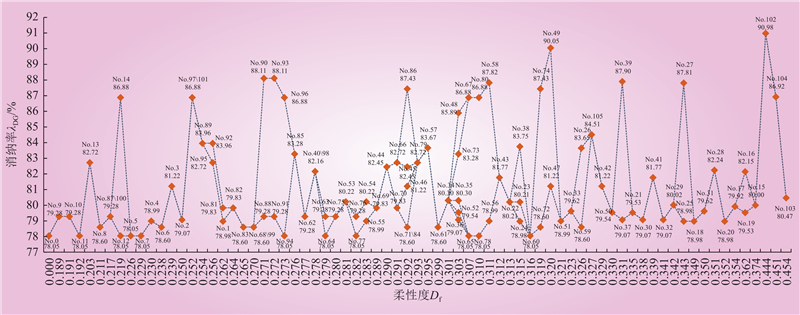| 1 |
李鹏, 王瑞, 冀浩然, 等. 低碳化智能配电网规划研究与展望[J]. 电力系统自动化, 2021, 45 (24): 10- 21.
|
|
LI Peng, WANG Rui, JI Haoran, et al. Research and prospect of planning for low-carbon smart distribution network[J]. Automation of Electric Power Systems, 2021, 45 (24): 10- 21.
|
| 2 |
彭道刚, 税纪钧, 王丹豪, 等. “双碳”背景下虚拟电厂研究综述[J]. 发电技术, 2023, 44 (5): 602- 615.
|
|
PENG Daogang, SHUI Jijun, WANG Danhao, et al. Review of virtual power plant under the background of "dual carbon"[J]. Power Generation Technology, 2023, 44 (5): 602- 615.
|
| 3 |
陈灵, 黄兴华, 张功林, 等. 考虑削峰填谷的分布式电源集群协同控制方法[J]. 智慧电力, 2023, 51 (4): 8- 15.
|
|
CHEN Ling, HUANG Xinghua, ZHANG Gonglin, et al. Distributed generations clusters collaborative control method considering peak load shifting[J]. Smart Power, 2023, 51 (4): 8- 15.
|
| 4 |
黄龑, 郝迎鹏, 汪慧娴, 等. 基于二阶统一模型的分布式发电并网同步控制研究[J]. 中国电力, 2023, 56 (12): 41- 50.
|
|
HUANG Yan, HAO Yingpeng, WANG Huixian, et al. Research on synchronization control of distributed generation based on second-order unified model[J]. Electric Power, 2023, 56 (12): 41- 50.
|
| 5 |
张晋铭, 欧阳森, 辛曦, 等. 高渗透率分布式电源影响下配电网极限线损计算方法[J]. 广东电力, 2023, 36 (4): 21- 31.
|
|
ZHANG Jinming, OUYANG Sen, XIN XI, et al. Calculation method of limit line loss of distribution network under influence of high-penetration distributed generation[J]. Guangdong Electric Power, 2023, 36 (4): 21- 31.
|
| 6 |
林林馨妍, 朱俊澎, 袁越. 体系架构下的多微电网分布式韧性增强策略[J]. 中国电力, 2023, 56 (12): 87- 99.
|
|
LIN Linxinyan, ZHU Junpeng, YUAN Yue. A distributed resilience enhancement strategy for multi-microgrids based on system of systems architecture[J]. Electric Power, 2023, 56 (12): 87- 99.
|
| 7 |
康重庆, 姚良忠. 高比例可再生能源电力系统的关键科学问题与理论研究框架[J]. 电力系统自动化, 2017, 41 (9): 2- 11.
|
|
KANG Chongqing, YAO Liangzhong. Key scientific issues and theoretical research framework for power systems with high proportion of renewable energy[J]. Automation of Electric Power Systems, 2017, 41 (9): 2- 11.
|
| 8 |
VERZIJLBERGH R A, DE VRIES L J, LUKSZO Z. Renewable energy sources and responsive demand. do we need congestion management in the distribution grid?[J]. IEEE Transactions on Power Systems, 2014, 29 (5): 2119- 2128.
DOI
|
| 9 |
王成山, 季节, 冀浩然, 等. 配电系统智能软开关技术及应用[J]. 电力系统自动化, 2022, 46 (4): 1- 14.
|
|
WANG Chengshan, JI Jie, JI Haoran, et al. Technologies and application of soft open points in distribution networks[J]. Automation of Electric Power Systems, 2022, 46 (4): 1- 14.
|
| 10 |
柔性多状态开关装置技术导则: T/CPSS 1003—2021[S].
|
| 11 |
LI P, JI H R, YU H, et al. Combined decentralized and local voltage control strategy of soft open points in active distribution networks[J]. Applied Energy, 2019, 241, 613- 624.
DOI
|
| 12 |
肖峻, 刚发运, 蒋迅, 等. 柔性配电网: 定义、组网形态与运行方式[J]. 电网技术, 2017, 41 (5): 1435- 1446.
|
|
XIAO Jun, GANG Fayun, JIANG Xun, et al. Flexible distribution network: definition, morphology and operation mode[J]. Power System Technology, 2017, 41 (5): 1435- 1446.
|
| 13 |
王莹, 肖峻, 曹严. 柔性配电网间歇性分布式发电消纳能力分析[J]. 电力系统自动化, 2022, 46 (13): 74- 83.
|
|
WANG Ying, XIAO Jun, CAO Yan. Analysis on accommodation capability of intermittent distributed generation in flexible distribution network[J]. Automation of Electric Power Systems, 2022, 46 (13): 74- 83.
|
| 14 |
王灿, 吴耀文, 孙建军, 等. 基于柔性多状态开关的主动配电网双层负荷均衡方法[J]. 电力系统自动化, 2021, 45 (8): 77- 85.
|
|
WANG Can, WU Yaowen, SUN Jianjun, et al. Bi-layer load balancing method in active distribution network based on flexible multi-state switch[J]. Automation of Electric Power Systems, 2021, 45 (8): 77- 85.
|
| 15 |
赵国鹏, 刘思远, 周昕炜, 等. 基于柔性多状态开关的配电网电压波动平抑策略[J]. 高电压技术, 2020, 46 (4): 1152- 1160.
|
|
ZHAO Guopeng, LIU Siyuan, ZHUO Xinwei, et al. Voltage fluctuation suppression strategy based on the flexible multi-state switch in distribution network[J]. High Voltage Engineering, 2020, 46 (4): 1152- 1160.
|
| 16 |
徐全, 袁智勇, 于力, 等. 基于多端SOP的交直流混联配电网多目标运行优化方法[J]. 电力系统及其自动化学报, 2020, 32 (9): 42- 48, 54.
|
|
XU Quan, YUAN Zhiyong, YU Li, et al. Multi-objective optimal operation method for ac/dc hybrid distribution network based on multi-terminal sop[J]. Proceedings of the CSU-EPSA, 2020, 32 (9): 42- 48, 54.
|
| 17 |
黄志强, 陈业伟, 毛志鹏, 等. 柔性多状态开关与分布式储能系统联合接入规划[J]. 电力系统自动化, 2022, 46 (14): 29- 37.
|
|
HUANG Zhiqiang, CHEN Yewei, MAO Zhipeng, et al. Joint access planning of soft open point and distributed energy storage system[J]. Automation of Electric Power Systems, 2022, 46 (14): 29- 37.
|
| 18 |
孙充勃, 李敬如, 原凯, 等. 基于区间优化的配电网智能软开关与储能系统联合优化方法[J]. 高电压技术, 2021, 47 (1): 45- 54.
|
|
SUN Chongbo, LI Jingru, YUAN Kai, et al. Two-stage optimization method of soft open point and energy storage system in distribution network based on interval optimization[J]. High Voltage Engineering, 2021, 47 (1): 45- 54.
|
| 19 |
马丽, 薛飞, 石季英, 等. 有源配电网分布式电源与智能软开关三层协调规划模型[J]. 电力系统自动化, 2018, 42 (11): 86- 93.
|
|
MA Li, XUE Fei, SHI Jiying, et al. Tri-level coordinated planning model of distributed generator and intelligent soft open point for active distribution network[J]. Automation of Electric Power Systems, 2018, 42 (11): 86- 93.
|
| 20 |
陈泽西, 王朴, 肖万芳, 等. 计及可靠性收益的配电网柔性多状态开关及分布式电源综合优化配置[J]. 电力建设, 2022, 43 (6): 93- 100.
|
|
CHEN Zexi, WANG Pu, XIAO Wanfang, et al. Integrated optimal configuration of flexible multi-state switch and distributed generation in distribution network considering reliability gain[J]. Electric Power Construction, 2022, 43 (6): 93- 100.
|
| 21 |
肖峻, 王莹, 祖国强. 电力电子化配电网的柔性度[J]. 电力系统自动化, 2023, 47 (6): 30- 39.
|
|
XIAO Jun, WANG Ying, ZU Guoqiang. Flexibility degree for power-electronized distribution network[J]. Automation of Electric Power Systems, 2023, 47 (6): 30- 39.
|
| 22 |
王志强, 方正, 徐艺铭, 等. 计及重要用户失负荷风险的多端智能软开关优化配置方法[J]. 高电压技术, 2020, 46 (4): 1142- 1153.
|
|
WANG Zhiqiang, FANG Zheng, XU Yiming, et al. Optimization configuration method for multi-terminal soft open point considering the load loss risk of important users[J]. High Voltage Engineering, 2020, 46 (4): 1142- 1153.
|
| 23 |
李岩, 陈夏, 李巍巍, 等. 基于智能软开关与联络开关并联的柔性配电网互联结构与控制技术研究[J]. 中国电机工程学报, 2022, 42 (13): 4749- 4760.
|
|
LI Yan, CHEN Xia, LI Weiwei, et al. Research on interconnection structure and control technology of flexible distribution network based on soft open point in parallel with interconnection switch[J]. Proceedings of the CSEE, 2022, 42 (13): 4749- 4760.
|
| 24 |
SAATY T L. Decision making with the analytic hierarchy process[J]. International Journal of Services Sciences, 2008, 1 (1): 83.
DOI
|


